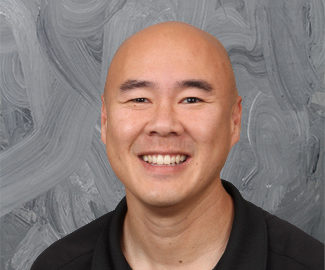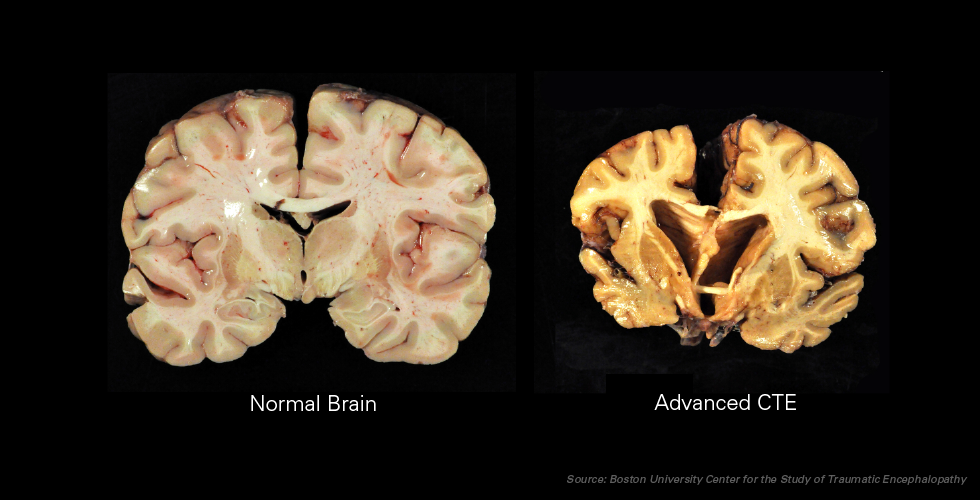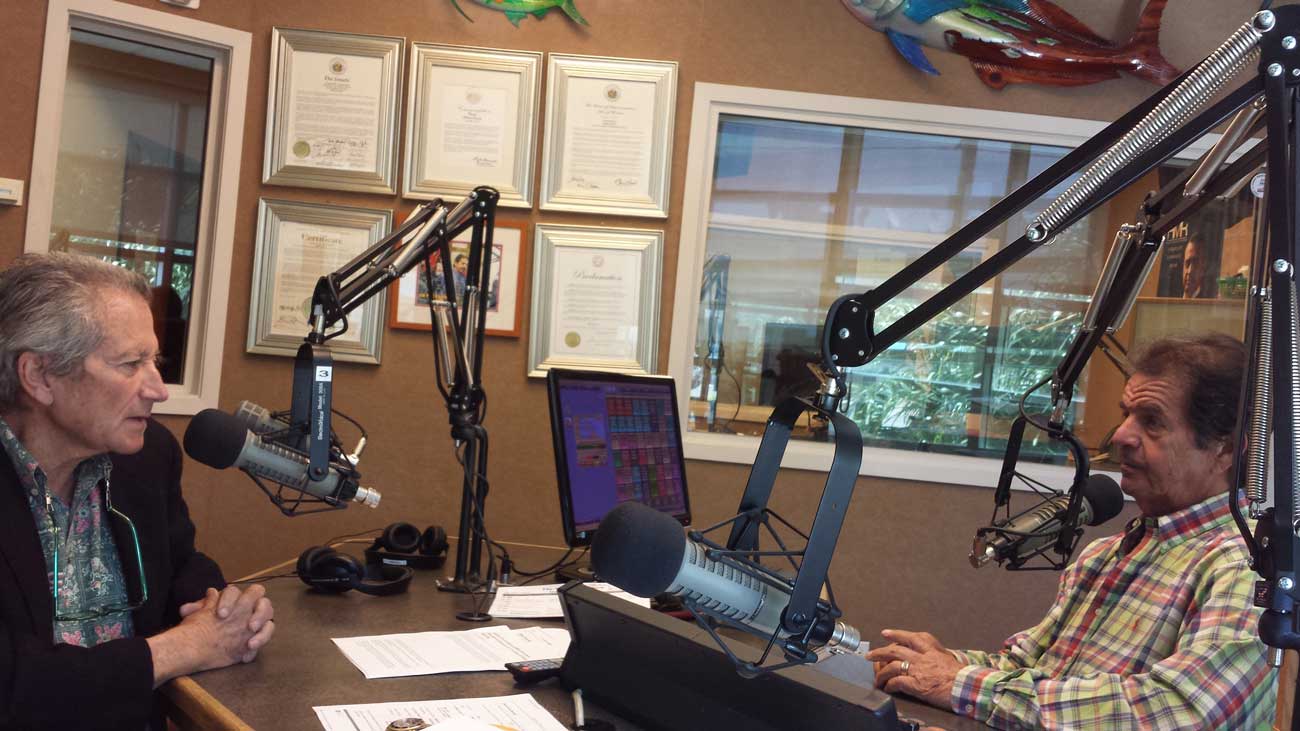Elderly people are the targets of many forms of abuse. While it will sometimes be obvious, it goes undiscovered far too often. The elderly are frequently unable—too afraid or too frail—to report abuse themselves. Thus, different types of abuse, neglect and exploitation may only be discovered by somebody who knows what to look for, or what questions to ask.
“Being a civil litigation firm, primarily, the cases we’re able to take on and represent are usually pretty catastrophic: wrongful death and really tragic cases,” says Attorney Anthony Carr. “But there are many other issues touching upon elder care and elder abuse that unfortunately we’re not always able to take on in litigation, but we’re certainly invested in.”
These problems become widespread in part through gaps in the regulation of care facilities. Different sets of regulations apply to different types of facilities.
For example, a smaller type of facility known as a community care foster home (CCFH) is basically a mini-nursing home limited to three residents, that provides a “nursing level of care.” At a larger type of home, there would have to be a licensed medical doctor, there would be registered nurses. To operate a CCFH, however, only requires a registered certified nursing assistant. No nurse or medical doctor are required on staff.
While the nursing assistant qualification has its merits, not having more qualified medical professionals on staff subjects the residents to a lower standard of care. This problem goes on unabated in part because very few people are aware of it or problems like it.
When something gives cause for concern at a care home, Anthony has some advice: “It’s a two-part process, because a lot of the people involved in an individual’s care probably knows this person pretty well, maybe knows the immediate family. You’ll know when something out of the ordinary happens.” That’s the first part. Then, “when you notice that, investigate it, ask them questions, satisfy your curiosity.”
Placing an elderly loved one in an assisted living facility often happens in a hurry due to a medical emergencies suddenly increasing their need for care. This often limits their family’s choice because it forces a quick decision on where they will go.
Facilities are well aware of this common dilemma, and they are known to take advantage of it by focusing on the surface-level appearance of their homes, working up slick sales pitches and making big promises instead of delivering the best possible care for their residents.
Knowing the right questions to ask at the beginning can give vital information to a family going through the stressful process of finding a good, safe place for kūpuna. Our article on the 10 Questions to Ask Any Senior Care Home is helpful there.
We’ve scratched the surface, but there’s so much more to learn in this episode. Tune in!






